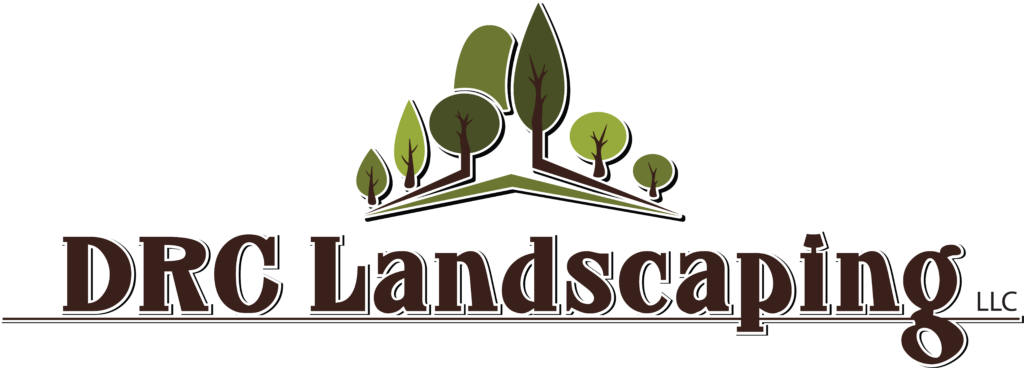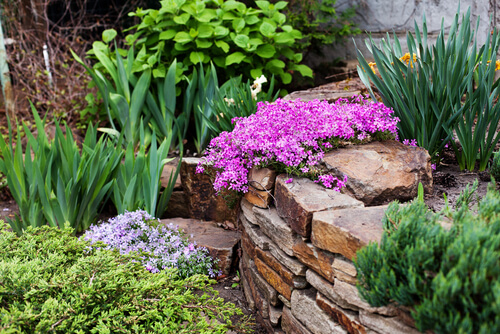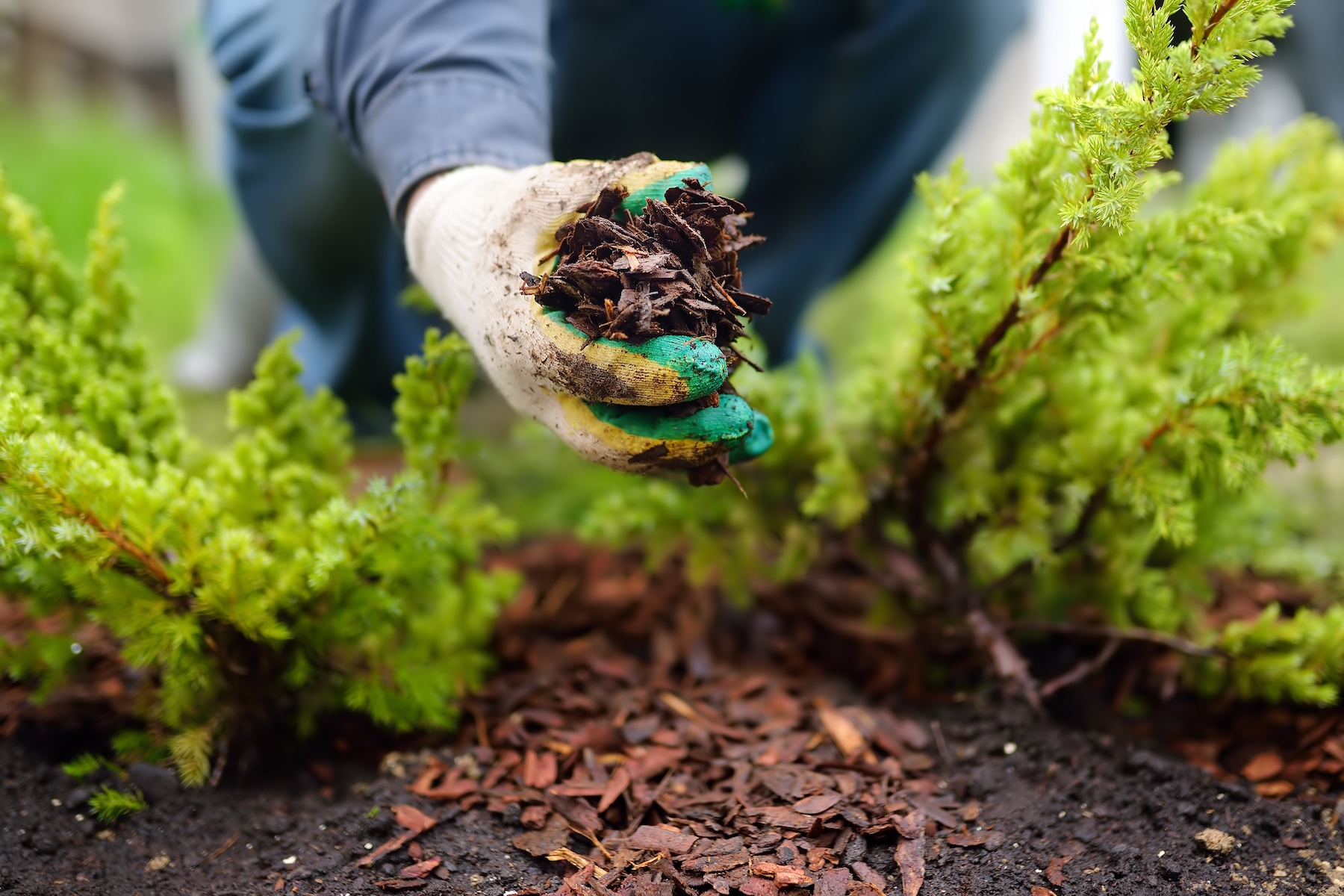The benefits of ground covers are plenty. They can help prevent erosion in problem areas like on steep slopes and under trees and shrubs where roots may protrude. Visually, they provide a welcome break to the eye in between points of visual interest in your overall landscape design,
When choosing a ground cover that works for your space you have to take into account height, texture and color, as well as the climate, of course! If you are simply looking for a reliable ground cover that will do the job, some fast-spreading options for covering large areas of land at a less expensive price point include monkey grass (Ophiopogon japonicus), creeping lily turf (Liriope spicata) and Japanese ardisia (Ardisia japonica). These options are perfect for shade to part shade.
Ground covers are an often overlooked and under-appreciated opportunity to add personal touches to your landscape. In climates like ours here in Nevada, many opt for a fake green turf meant to emulate a lawn–which, more often than not, ends up looking pretty hokey. Another popular option is rock mulch, which has as much personality as…well…a rock! Neither of these options have much to offer by way of design intrigue or visual stimulation.
The easy way out is to use wood chips, bark, or even gravel in cool textures and colors, but plants are a much more elevated route to take. The Northern Nevada landscape offers unique challenges such as the combination of temperature extremes, low humidity, clay-heavy soil and lots of wind. These all all inhibit plant growth. It’s worth looking into ground cover options that can tolerate our soil and climate conditions. Shop local, and look for the terms “drought-resistant”and “desert-wise.” When it comes to landscaping or xeriscaping large swathes of land, it’s worth looking into ground cover options that you’ll actually want to look at every day.
Believe it or not, there are attractive plants that make for beautiful ground covers. So how do you pick a ground cover that has more visual interest than your run-of-the-mill turf and rocks? Here are some ground cover options that can provide color and texture to your lawn space.
Drought-tolerant Lantana requires very little care and is drought tolerant once established. This flowering perennial is available in dozens of varieties, and colors: you can choose white, yellow, orange, red, pink or blue blossoms. Pick a color that works with your current scheme, and make sure you’re buying a variety used for ground cover–there are some that grow more than six feet high!
A popular choice for another flowering perennial that thrives in full sun is silver carpet, also known as chickweed. Because of its silver and gay leaves, the low-water ground cover makes for a nice sight all year round, but its most attractive but in late spring and early summer when it blooms with small white flowers.
Some plants that are native to the area as well as insect-friendly include One of the hardiest and most drought-tolerant plants is Western yarrow. It has white flowers (that self-seed if given too much water–many think of it as a weed.) Its foliage is fernlike and it grows in almost any soil. It attracts butterflies, bees and more.
A fast-growing evergreen option, great for full sun, is the prostrate rosemary, also known as creeping rosemary. Yes, it’s the very same rosemary that you use to cook with. Stocking your pantry with this delicious herb straight from your attractive, durable ground cover? That’s what we call bang for your buck! But wait, there’s more: Rosemary attracts pollinators, which benefits your entire garden.
Ironically, you can use weeds to help curb the growth of more invasive and sinister weeds. The cape weed is just that: it grows fast and quickly fills in large areas. This perennial not only survives, but thrives in drought conditions, is inexpensive, and features small, daisy-esque flowers.
A great standby option is the drought-tolerant blanket flower, a perennial wildflower. It can spread up to two feet and blooms from summer to fall. It’s known for its long-lasting, bright flowers in warm red, orange and yellow huesl. Hummingbirds and butterflies love them. Theta re short-lived, but cutting them back to 6 inches in the late summer can increase chances of winter survival.
This is just a small sampling of the ground cover options available to you. Do your research, visit local nurseries, and have fun with it!
We want to empower you to take care of your outdoor space. The professionals at DRC Landscaping will help you select the type of plant (or plants) that work best for your unique needs and site. DRC Landscaping can also help you choose the correct installation time and quantity of plants–and space them out correctly when planting–to ensure that weeds won’t have a chance to take over before your ground cover establishes itself properly. These components, all brought together seamlessly by DRC, will produce a beautiful ground cover result.



